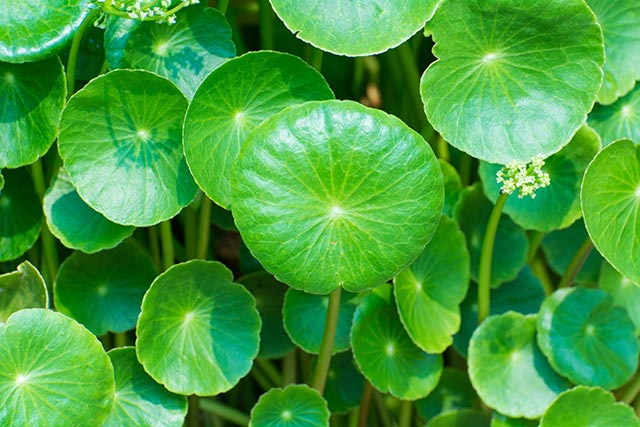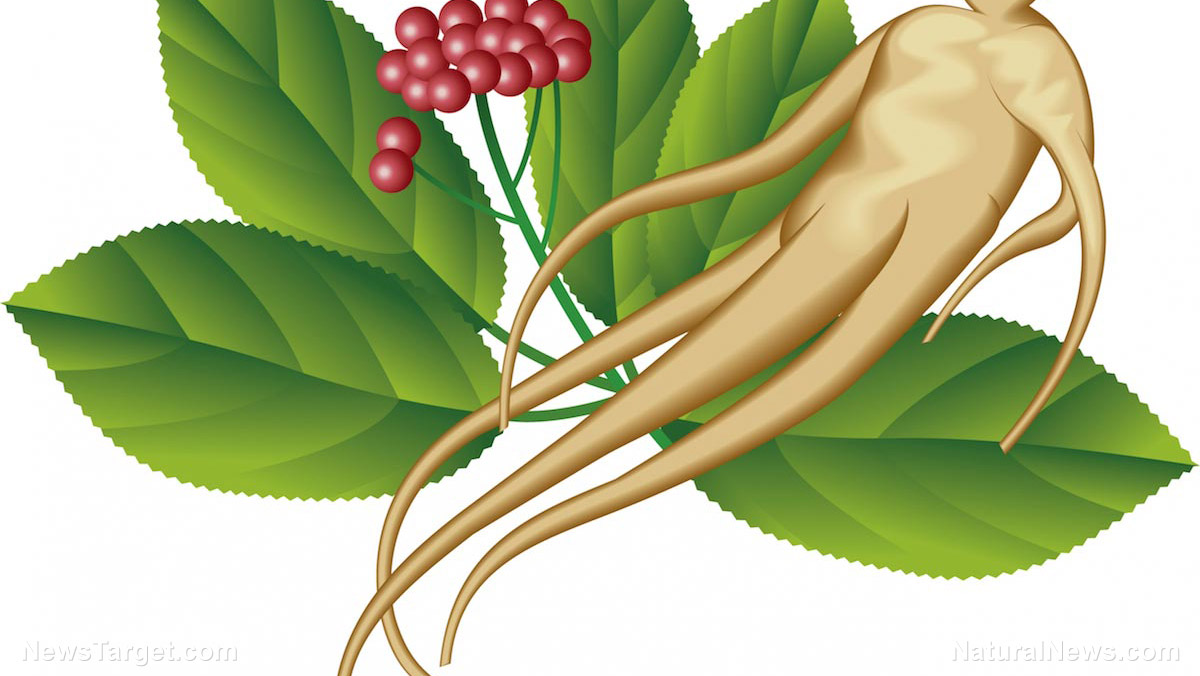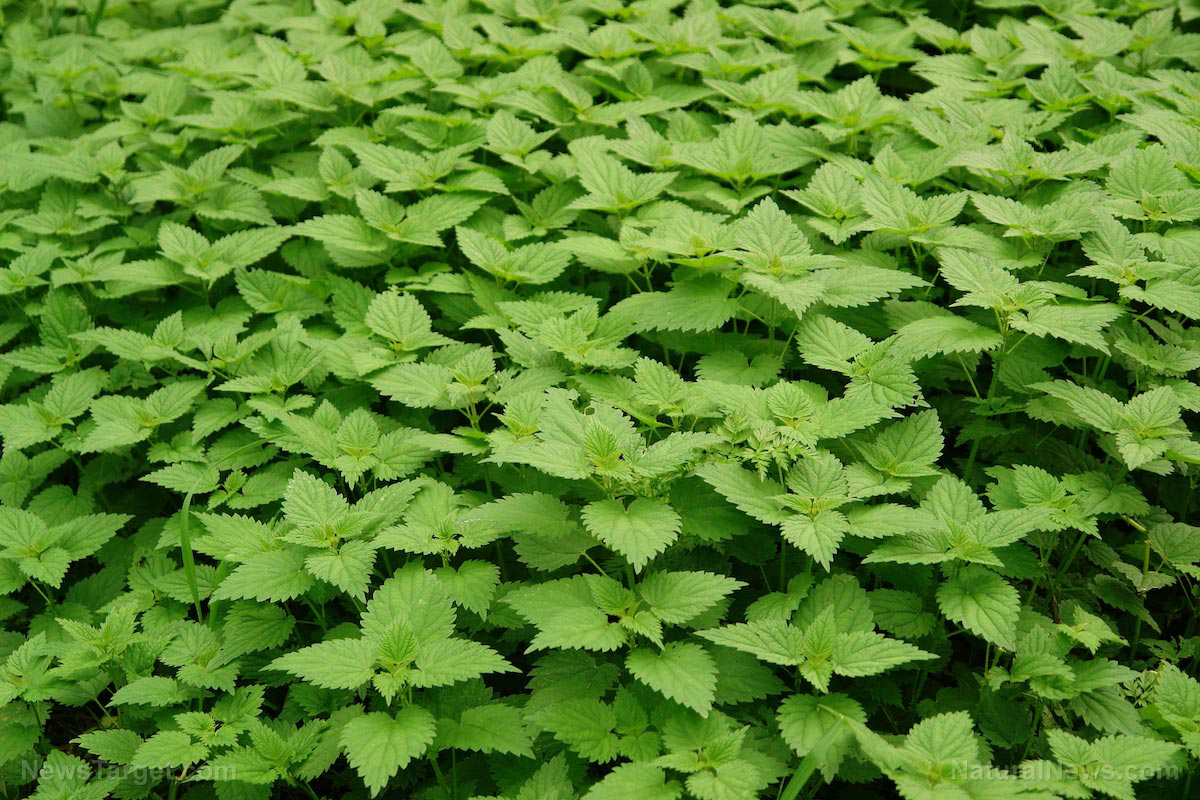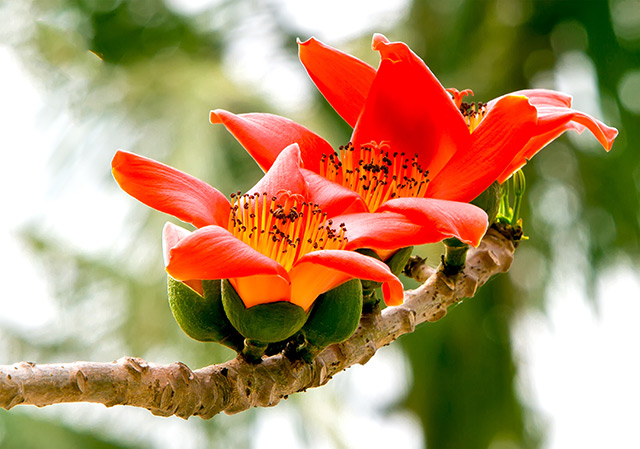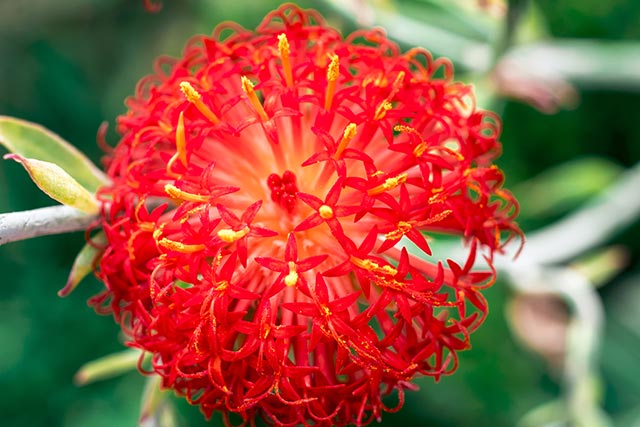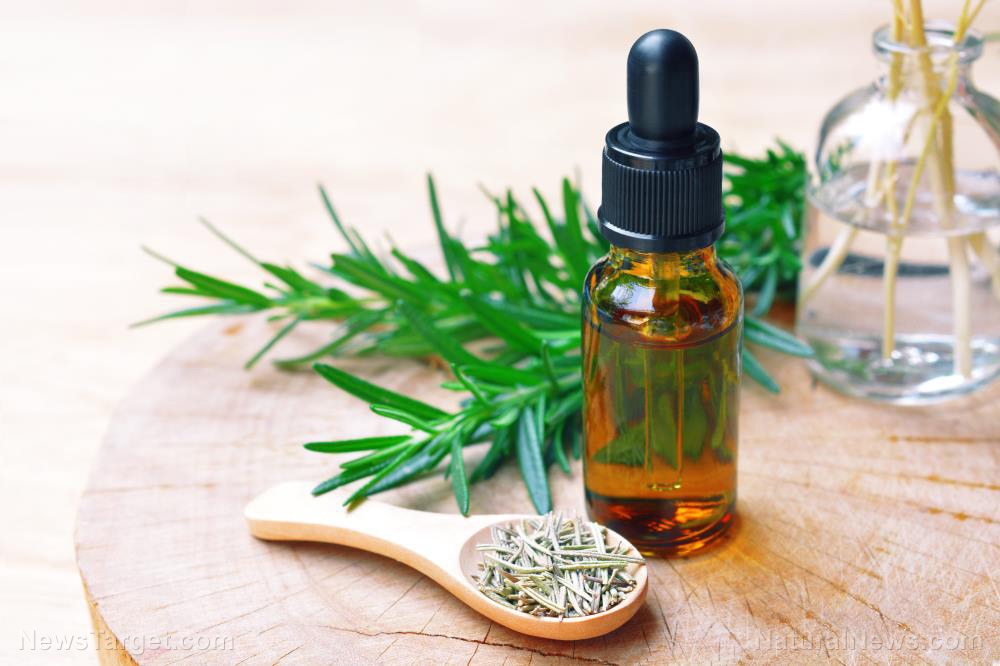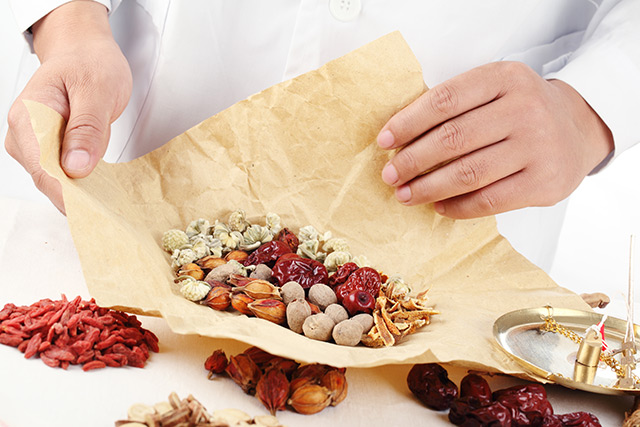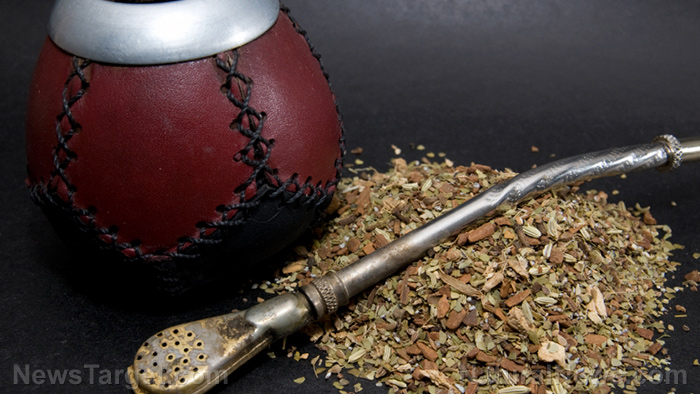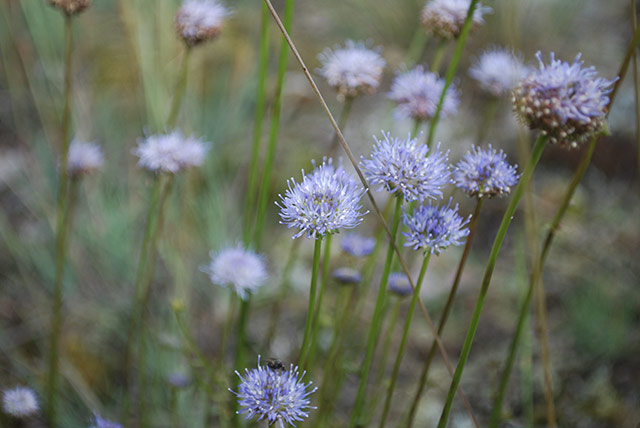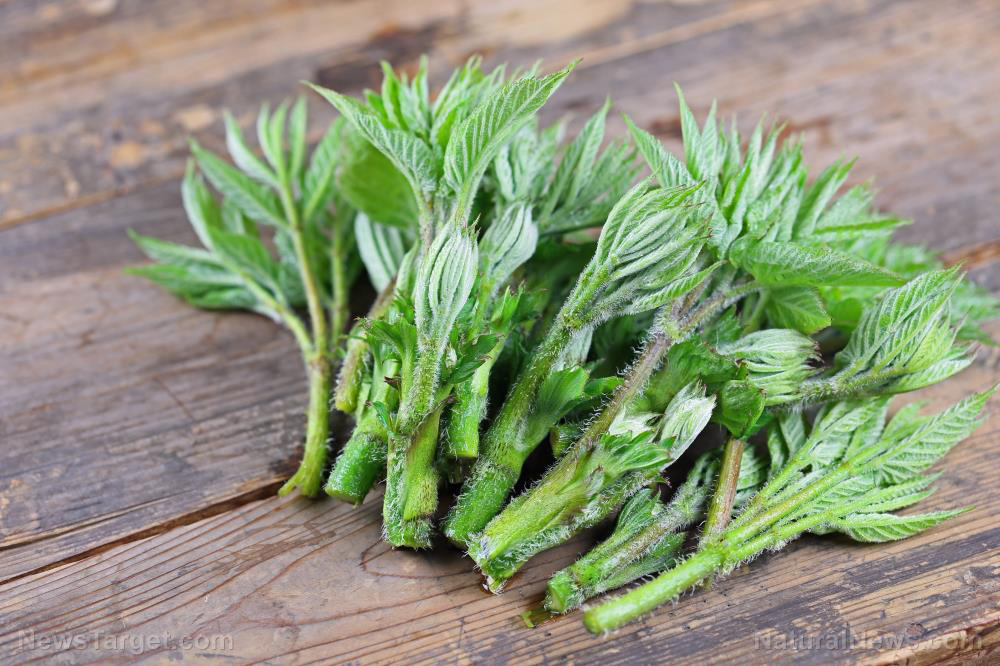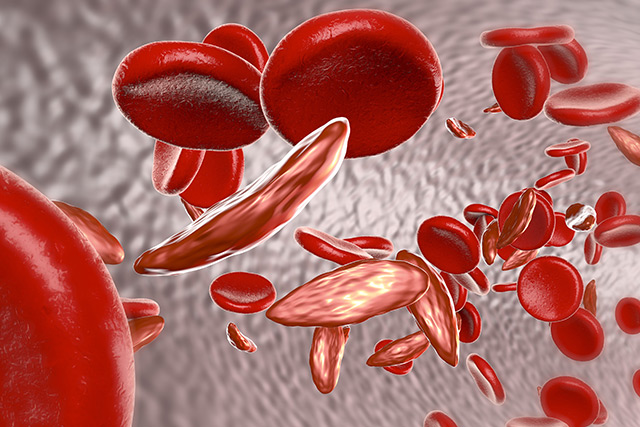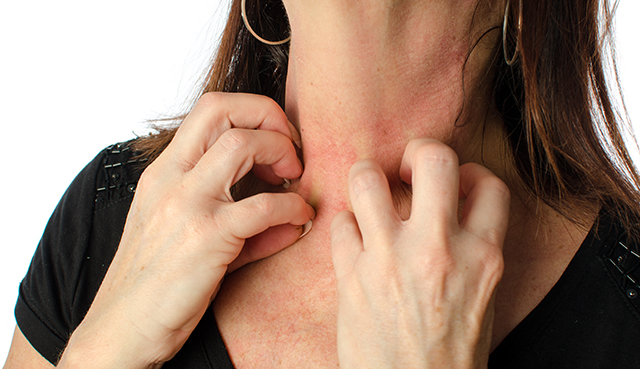A climbing shrub in India found to be a powerful antibacterial agent
10/18/2018 / By Zoey Sky
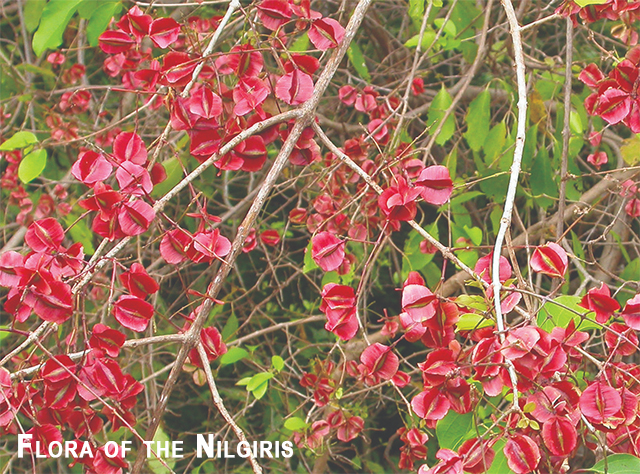
Researchers have a determined that a plant from India may have potent antibacterial properties. Their findings revealed that a large climbing shrub called piluki (Combretum album) can be used to fight pathogenic bacteria.
Due to the rampant misuse of prescription drugs, antibiotic immunity is quickly becoming a widespread public health concern. Pathogenic bacteria are now more resistant to antibiotics sold to treat bacterial infections. Aside from the careless use of antibiotics, other factors that affect their effectiveness include low potency and poor solubility, among others.
In response to this issue, scientists have turned to plant-based remedies as an alternative to commercially available antibiotics. Plants produce various potent secondary metabolites, the active ingredients of herbal medicines. Several studies have shown that there are plant extracts with antibacterial activity, and these substances have often been used to address diabetes, fungal infection, vector-borne diseases, and other life-threatening conditions.
Herbal medicines made from medicinal plants may be used to help cure diseases, according to the World Health Organization (WHO). These natural remedies can also be used to provide primary health care for at least three-quarters of individuals living in developing countries.
From 1983 to 1994, the Food and Drug Administration (FDA) approved various plant-based herbal drugs and semi-synthetically produced drugs. These natural remedies made up about 78 percent of the new drugs approved by the FDA, highlighting the fact that some herbs with proven antimicrobial properties are key to addressing illnesses caused by microbes. (Related: Spearmint’s antibacterial properties prove useful against food-borne pathogens.)
Piluki has antibacterial properties
The piluki plant is a tiny climbing shrub that belongs to the plant family Combretaceae. Piluki, like other species of Combretum, is used to treat conditions such as diarrhea, digestive disorder, and inflammation. Piluki grows in East Asian countries and in Bangladesh, India, Myanmar, Nepal, Southern China, and Sri Lanka.
Piluki leaves are used to treat bilious hematuric malarial fever, which is caused by the unicellular protozoan parasite Plasmodium falciparum. The bark and leaves of the plant have antioxidant and cytotoxic properties.
Effects of piluki on bacterial strains
For the study, researchers analyzed piluki leaves to determine their antimicrobial properties against several pathogenic bacteria. The research team posited that if plant extracts from piluki can fight the bacterial strains, it can be used to develop a herbal drug that will prevent diseases caused by bacteria.
The researchers gathered fresh and mature piluki leaves from the Joypur forest area in Bankura, West Bengal, from February to March 2017. Professor Dr. Ambarish Mukherjee, from the Department of Botany, at The University of Burdwan, identified the plant. The fresh leaves were rinsed in distilled water, with excess water soaked on a paper towel. The clean piluki leaves were then ground using an electrical blender and filtered using Whatman’s number-1 filter paper. The piluki leaves were to produce hot aqueous extract, cold aqueous extract, and ethanol extract for testing.
The researchers tested three human pathogenic bacterial strains: Bacillus subtilis (MTCC 441), Escherichia coli (MTCC 739), and Pseudomonas aeruginosa (MTCC 2453). The team also used four fish pathogenic bacterial strains: B. licheniformis (MTCC 530), B. mycoides (MTCC 7343), P. putida (MTCC 1654), and P. fluorescens (MTCC 103).
The bacterial strains were tested to determine the minimum inhibitory concentration (MIC), which showed antimicrobial activity against the test isolates via broth dilution method with slight modifications. Each culture was diluted in a Müeller-Hinton broth. MIC values were taken as the lowest concentration of the extracts revealed no growth in the tube and the experiment was repeated thrice to authenticate the data.
For the antibiotic susceptibility test, the researchers used the disc diffusion method. Standard antimicrobial sensitivity analyzed the effects of antibiotics from HiMedia Laboratories Limited. What followed was the measurement of the zone of inhibition formed by the test bacteria around the standard antibiotic discs.
The Fourier Transform Infrared Spectrophotometer (FTIR), the most accurate tool for determining the types of chemical bonds/functional groups in plant extracts, was used on the dried powder form of the ethanol extract of piluki leaves.
FTIR analysis revealed the presence of aromatics, C-N stretching amine, NH stretching secondary amine, and R-CH2-OH groups (alcohols) in the piluki leaves. The researchers believe that these compounds may be credited for piluki’s antibacterial activity when used on both gram-positive and gram-negative bacteria.
The team of scientists posited that based on data from the study, piluki leaves can be one day be used to develop herbal remedies to fight pathogenic bacteria.
The study was published in the journal BMC Complementary and Alternative Medicine.
You can read more articles about the health benefits of other plants like C. album at Healing.news.
Sources include:
Tagged Under: antibacterial, antibiotic immunity, botanicals, Combretum album, herbal medicine, natural cures, natural medicine, pathogenic bacteria, Phytochemical screening, piluki, prevention, remedies

